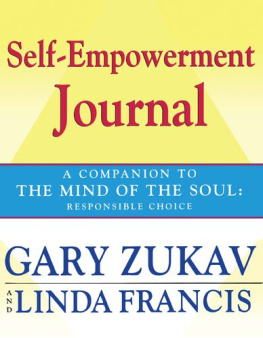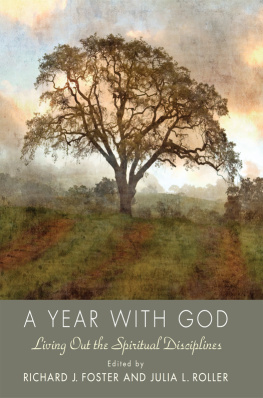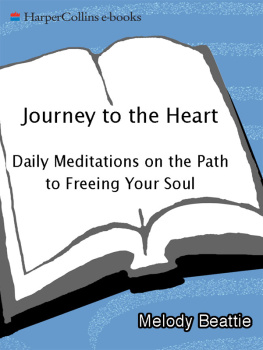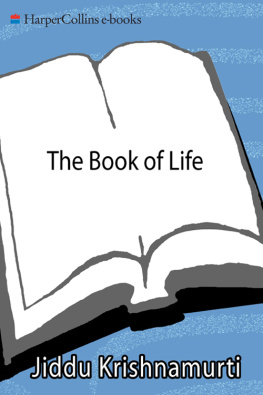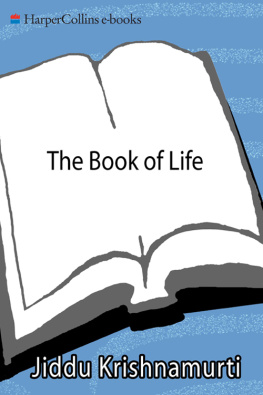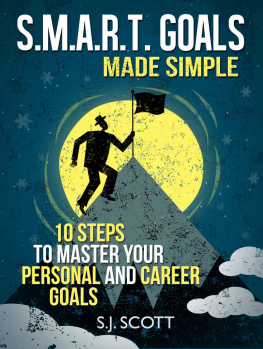
Anatomy of a Food Addiction: The Brain Chemistry of Overeating, by Anne Katherine, M.A.
Behind the 8-Ball: A Guide for Families of Gamblers, by Linda Berman, M.S.W., and Mary-Ellen Siegel, M.S.W.
Believing in Myself: Daily Meditations for Healing and Building Self-Esteem, by Earnie Larsen and Carol Hegarty
Blues Aint Nothing But a Good Soul Feeling Bad: A Pilgrimage to Inner Peace, by Sheldon Kopp with Bonnie B. Hesse
Codependents Guide to the Twelve Steps, by Melody Beattie
Family Intervention: Ending the Cycle of Addiction and Codependence, by Frank L. Picard, M.S.
Freedom from Food: The Secret Lives of Dieters and Compulsive Eaters, by Elizabeth Hampshire
From Love That Hurts to Love Thats Real: A Recovery Workbook, by Sylvia Ogden Peterson
Growing Through the Pain: The Incest Survivors Companion, by Catherine Bronson
Growing Up Gay in a Dysfunctional Family: A Guide for Gay Men Reclaiming Their Lives, by Rik Isensee
Help for Helpers: Daily Meditations for Those Who Care
Hooked on Exercise: How to Understand and Manage Exercise Addiction, by Rebecca Prussin, M.D., Philip Harvey, Ph.D., and Theresa Foy DiGeronimo
Repressed Memories: A Journey to Recovery from Sexual Abuse, by Renee Fredrickson, Ph.D.
Soul Survivors: A New Beginning for Adults Abused as Children, by J. Patrick Gannon, Ph.D.
Understanding the Twelve Steps: An Interpretation and Guide for Recovering People, by Terence T. Gorski
Thank you for downloading this Fireside/Parkside eBook.
Join our mailing list and get updates on new releases, deals, bonus content and other great books from Fireside/Parkside and Simon & Schuster.
C LICK H ERE T O S IGN U P
or visit us online to sign up at
eBookNews.SimonandSchuster.com
No matter how confident we feel about the outcome of our actions or how well we prepare for an event, the moment belongs to God. We need to accept the holy insecurity of living without certainty and yet with faith and humor.
S HELDON K OPP
E DITORS N OTE
S INCE the publication of If You Meet the Buddha on the Road, Kill Him!, Sheldon Kopp has led us, insisting that we not be followers, on a search for real lives of our own. His precise vision of who we are notand what no one can dodeleted the pretense and illusion separating us from reality. So, we found ourselves standing beside him, starkly disarmed, as unique but ordinary human beings, faced with the primal choice to do something honest and real or to do something worth nothing at all, or worse. If You Meet the Buddha ... is still studied in major universities, still read and reread by those who continue to be transformed by it.
Admitting his vulnerability, exposing his absurdity, and confessing his profanity, Kopp claimed for himself what goodness he could out of who he was. Incidentally he provided a critical catalyst for the rest of us: We came to believe that, as flawed as we may be, it is humanly possible to face our own darkness and learn to accept all that we are. That was, and still is, the requisite first step to any possible personal peace.
Though his many subsequent books have dealt with various issues, he returns here to the essence of the Buddha bookthat we have to do the most important things for ourselves, no excuses accepted. Using the one-day-at-a-time format, Kopp poses thoughts and questions, but the only right answers are of our own making. His writings are new, extracted largely from his journals, but some of his most memorable lines have been repeated simply because he felt like it, and so did we.
To those of you who are new to Sheldon Kopps relentlessly confrontive, startlingly honest, intelligent, loving, and committed pursuit of partial dignity and a measure of peace, serendipity is the watchword. You may discover, as so many others have declared, His books changed my life.
Bonnie Hesse
I NTRODUCTION
I NNER PEACE is as elusive as it is desirable. Much of the time, we feel restless, discontent, or needlessly upset. Paradoxically, to find what peace we can, we must endure feeling unsettled while we search for answers to what the Hasidic teachers call the holy insecurities, challenging questions that keep us in touch with our responsibility for who we are and how we live.
Although we may find ourselves in different situations throughout our lives, again and again these same themes recur and repeatedly challenge us to reconsider our basic beliefs and ways of being. The brief thoughts offered on the following pages are reflections on topics that concern us allsuffering, fear, weakness, love, trust, and unmanageable lives.
Four central, universal questions or holy insecurities are the central themes for the four parts of this book:
Part 1 How do I find a self of my own?
Part 2 Where am I in my life?
Part 3 Who am I in my world?
Part 4 Where do I go from here?
If we have the humility to accept uncertainty and the willingness to live with the creative tension between certainty and doubt, we can open our minds to the words of our hearts and hear the voice of our higher power. Only then will we be able to deepen our souls understanding so that we can take the needed steps to experience a growing sense of inner peacea still-point at the center of our selves that protects us from avoidable suffering.
Sheldon Kopp
1
H OW D O I F IND A S ELF OF M Y O WN ?
Strengthened by desire and hope, burdened by anxiety and fear, beset by temptations and guarded by spiritual powers, [ the seeker ] pursues his way along the Path of Life, seeking ever a better country.
S AMUEL C LAGGET C HEW
The solitary path to the depth of our souls first leads us to the edge of our aloneness, and only then back to a place among others a place that is truly our own.
S HELDON K OPP
January
J UST BEFORE Gertrude Stein died, she asked, What is the answer? When none of the friends gathered at her bedside replied, she laughed, and said, In that case, what is the question? Then she died.
These conundrums about the meaning of life captivate us at times of crises, but they reside in the shadows of our lives even when we are not attending to them. These questions often occur in the following form: How do I find a self of my own?; Where am I in my life?; Where am I in my world?; and Where do I go from here? The answers come in many forms, depending on who in particular is asking, and in which situation, and to what end.
The questions are the same. It is only the answers that change.
January
I N A Brief History of Time, renowned physicist Stephen Hawking poses problems that expand our minds. Reporting that St. Augustine was once asked, What did God do before he created the universe? Hawking wryly suggests the answer might have been, He was preparing Hell for people who asked such questions.
Hawking explains that ever since the dawn of civilization, people... have craved an understanding of the underlying order in the world. Today we still yearn to know why we are here and where we came from. He goes on to say that the goal of science is to provide a single theory to describe the whole universe, but that is an indescribably difficult task, and the partial theories we have are good enough for all practical purposes.


